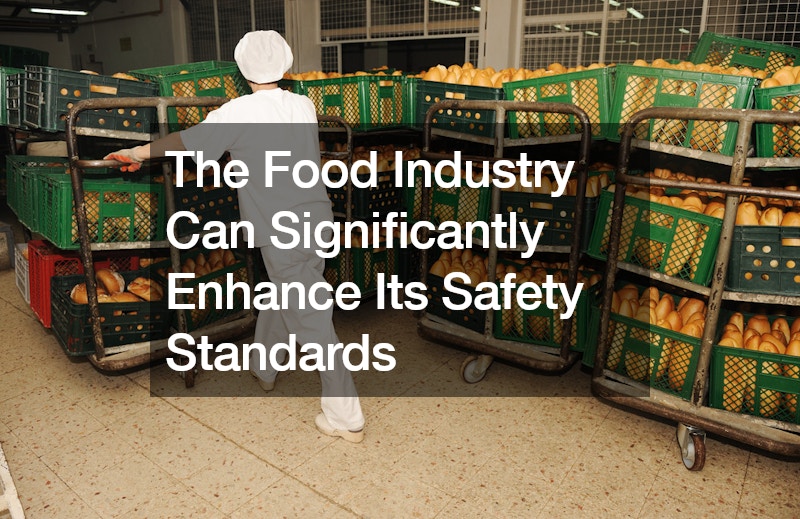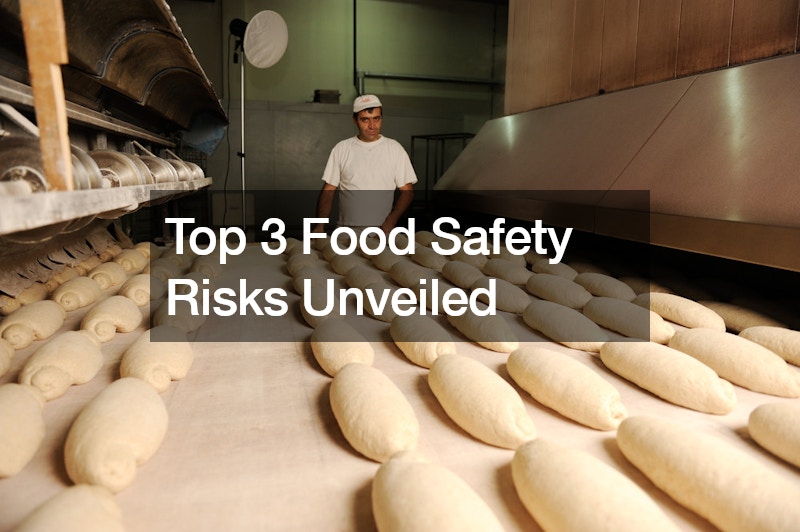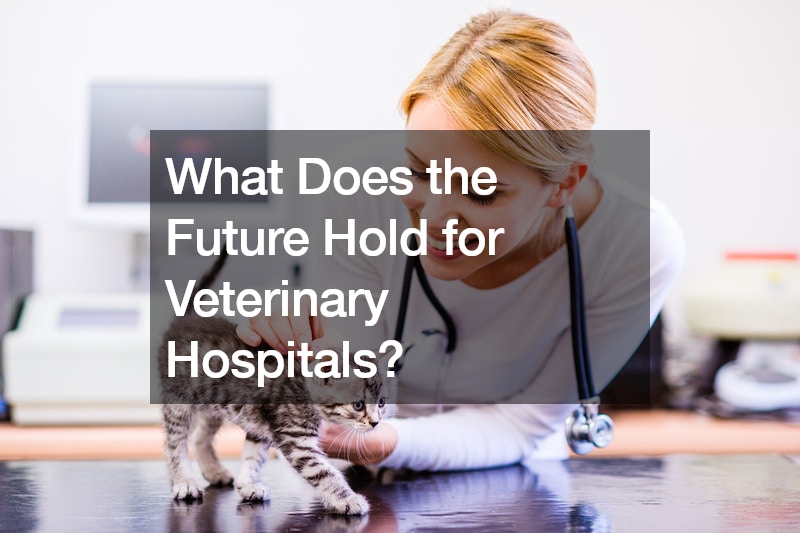
As summer approaches its peak, the incidence of foodborne illnesses is expected to rise. With food safety coming under scrutiny, understanding the primary risks is crucial for ensuring the well-being of consumers. A 2019 survey of 1,600 food experts from across the value chain identified the top three food safety risks: operational risk, food safety culture, and compliance with laws and regulations. Here’s a closer look at these critical areas and how modern technology and human behavior can help address them.
1. Operational Risk
Operational risk emerged as the foremost concern among food safety experts. One of the longstanding requirements in mitigating this risk is traceability.
By utilizing digital technologies such as sensors and blockchain, companies can now track products from their origin to the consumer. This enhanced traceability not only ensures safer food but also provides a transparent and reliable means to monitor and manage risks in the supply chain.
2. Food Safety Culture
The second significant risk is the lack of a robust food safety culture. This aspect focuses on the human element and the behaviors within an organization. It’s essential to cultivate an environment where food safety is prioritized daily. This means training employees, promoting safety practices, and fostering an organizational mindset that values and adheres to food safety protocols.
3. Compliance with Laws and Regulations
Compliance with laws and regulations is the third major risk. Digital technologies can greatly assist in demonstrating compliance to authorities. Tools such as blockchain and sensors can provide immutable and well-documented data, which may even pave the way for remote inspections in the future. This not only simplifies the compliance process but also enhances the credibility and reliability of the data provided to regulatory bodies.
Investing in advanced equipment is another key strategy for maintaining food safety standards. For instance, a commercial reverse osmosis system can be crucial for ensuring the purity of water used in food and beverage production, thereby reducing the risk of contamination.
In Closing
By addressing these top three risks through a combination of technology and a strong safety culture, the food industry can significantly enhance its safety standards and ensure the health and trust of consumers.
.




